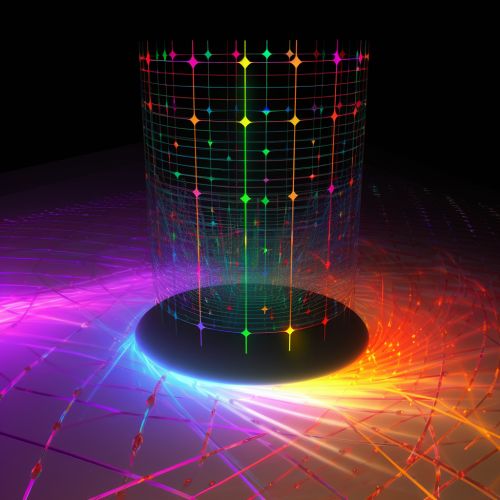The Physics of Light Propagation in Photonic Crystals
Introduction
The physics of light propagation in photonic crystals is a complex and fascinating field of study. Photonic crystals are periodic optical nanostructures that affect the motion of photons in much the same way that ionic lattices affect electrons in solids. The ability to manipulate light in this way has far-reaching implications for a range of technologies, from telecommunications to solar energy.


Photonic Crystals: An Overview
Photonic crystals are a class of optical materials characterized by a periodic variation in their refractive index. This periodicity can be one-dimensional, two-dimensional, or three-dimensional, and it is this variation that gives photonic crystals their unique properties. The periodicity of the refractive index affects the propagation of light through the crystal, creating a photonic bandgap - a range of wavelengths for which propagation is forbidden.


Light Propagation in Photonic Crystals
The propagation of light through a photonic crystal is governed by the crystal's band structure, which is a representation of the allowed energy levels of the photons within the crystal. The band structure is determined by the periodicity and symmetry of the crystal lattice, as well as the refractive index contrast between the different regions of the crystal.
When light of a certain wavelength encounters a photonic crystal, it can be either transmitted, reflected, or absorbed, depending on the properties of the crystal and the wavelength of the light. This is due to the presence of the photonic bandgap, which prohibits the propagation of light within certain wavelength ranges.


Applications of Photonic Crystals
Photonic crystals have a wide range of applications in various fields. In telecommunications, they can be used to create devices such as optical filters and waveguides, which can manipulate light in ways that are not possible with conventional optical materials. In solar energy, photonic crystals can be used to improve the efficiency of solar cells by trapping light and increasing its absorption.


Future Directions
The field of photonic crystals is still relatively young, and there are many exciting directions for future research. One of the most promising areas is the development of three-dimensional photonic crystals, which have the potential to revolutionize the field of optics by enabling the creation of devices with unprecedented capabilities.


